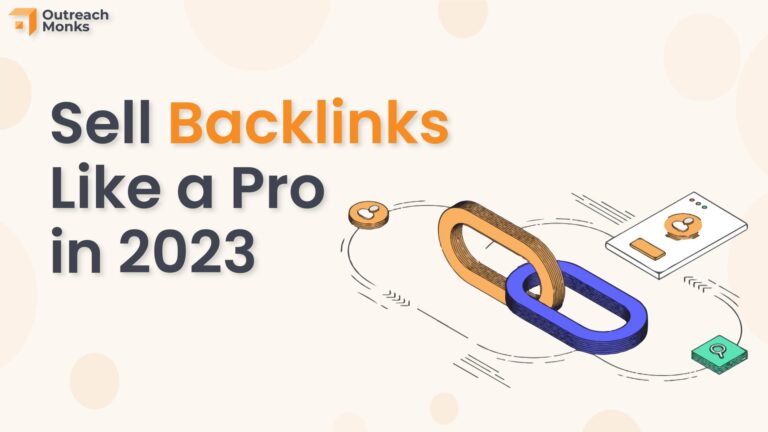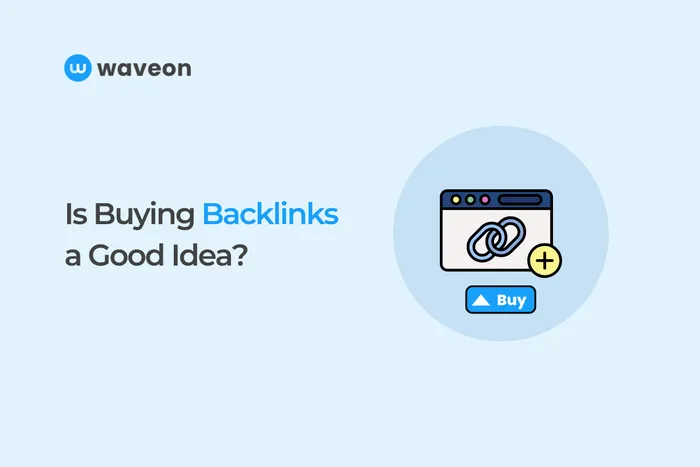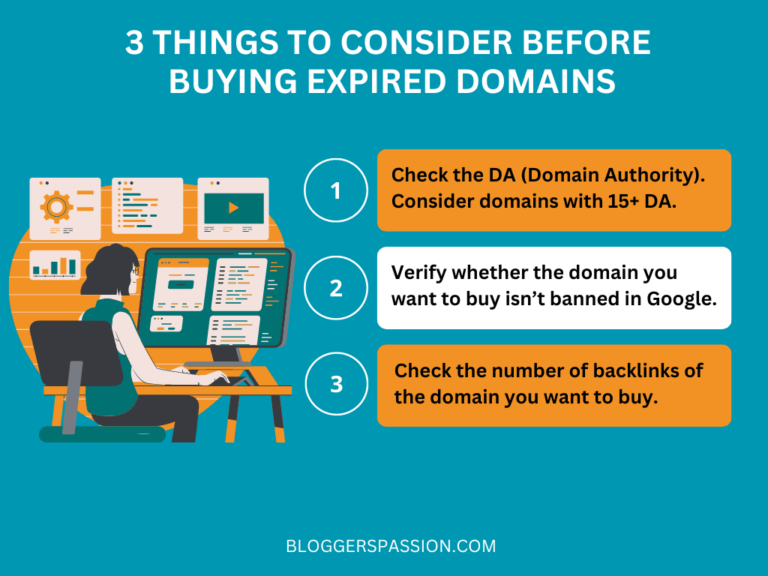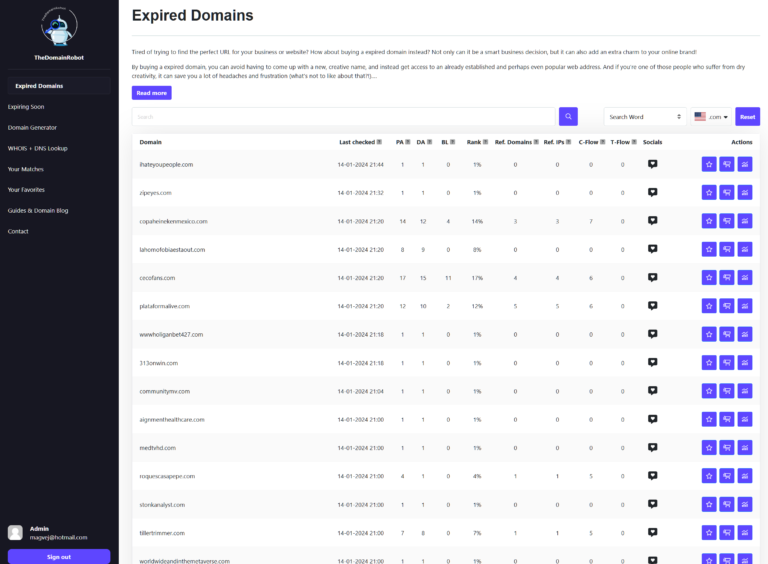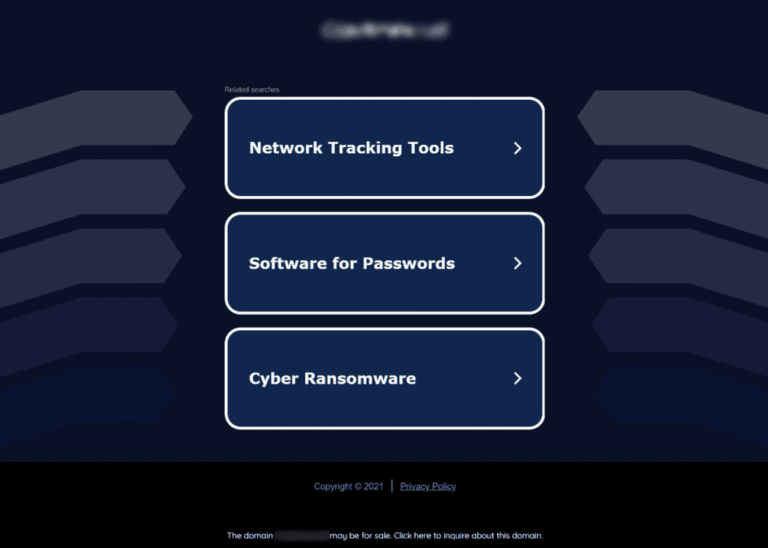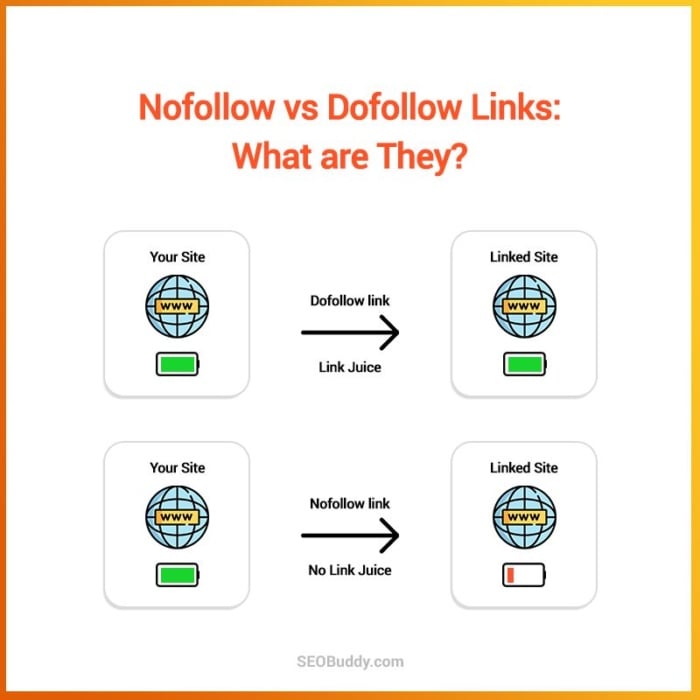Aged domains are a hot topic in the world of SEO, and for a good reason. An aged domain is a domain name that has been registered for a long time and has built up search engine authority and intrinsic value over the years. The critical defining aspect is the domain has substantial history behind it. While definitions vary slightly, most aged domain experts consider 5-10 years or older to meet the criteria.

Using aged domains can give websites a significant advantage in search engine rankings. This is because search engines value websites that have been around for a long time and have a history of providing quality content. This domains often come with a backlink profile, which can be a valuable asset in SEO. The backlink profile is a list of websites that link to the aged domain, which can help improve the new website’s search engine ranking.
As with any SEO strategy, it is essential to use aged domains correctly. It is crucial to ensure that the aged domain is relevant to the new website’s content and that it has a clean backlink profile. Using an aged domain that has been penalized by search engines can be detrimental to the new website’s search engine ranking. In conclusion, using this domains can be a valuable asset in SEO, but it is essential to use them correctly.
Understanding Aged Domains
As a digital marketer, I understand the importance of domain authority and how it affects search engine rankings. One way to boost domain authority is by using aged domains.
Aged domains are domain names that have been registered for a long time and have built up search engine authority and intrinsic value over the years. These domains have a history behind them and are considered valuable assets in the online world.
When a domain is registered, it starts with a domain authority score of 1. As the domain ages, it gains more backlinks and traffic, which increases its domain authority score. This is why aged domains are considered valuable, as they have a higher domain authority score than new domains.
Using aged domains can benefit your website in many ways. For example, it can help you rank higher in search engine results pages (SERPs), increase your website’s credibility, and attract more traffic.
However, it is important to note that not all aged domains are created equal. Some of this may have been used for spammy or unethical purposes in the past, which can negatively affect your website’s reputation. It is essential to thoroughly research and evaluate an aged domain before using it for your website.
In conclusion, aged domains are a valuable asset in the online world and can benefit your website in many ways. However, it is important to use caution and thoroughly research an aged domain before using it for your website.
Benefits of Aged Domains

As an SEO strategist, I have found that using aged domains can provide numerous benefits to a website. Here are some of the advantages:
SEO Advantages
Aged domains are often seen as more valuable in the eyes of search engines. They have had more time to accumulate backlinks, which can be a major factor in search engine ranking. In addition, this domains may have already been indexed by search engines, which can save time and effort in getting a new website indexed.
Established History
Aged domains come with an established history, which can be a huge advantage. They may have already built up trust and credibility with users, as well as search engines. This can help to establish a new website as a trustworthy source of information.
Immediate Credibility
Using an aged domain can give a new website immediate credibility. It can be difficult to establish trust with users and search engines when starting from scratch. However, an aged domain can provide a head start in building credibility and trust.
In summary, using an aged domain can provide numerous benefits to a website. It can help with SEO, establish a history, and provide immediate credibility. However, it is important to choose an aged domain carefully and ensure that it is relevant to the website’s content and audience.
How to Identify Quality Aged Domains
As an SEO specialist, I know that aged domains can be a valuable asset to any website. However, not all aged domains are created equal. In this section, I will share my expertise on how to identify quality.
Assessing Domain Authority
One of the most important factors to consider when evaluating an aged domain is its domain authority (DA). DA is a metric developed by Moz that predicts how well a website will rank on search engine result pages (SERPs). The higher the DA, the more likely the website is to rank well on SERPs.
To assess the DA of an aged domain, I use Moz’s Link Explorer tool. This tool provides a comprehensive overview of a website’s backlink profile, including its DA score. I look for aged domains with a DA score of at least 30, as this indicates a relatively trustworthy and authoritative website.
Checking Backlink Profiles
Another crucial factor to consider when evaluating aged domains is their backlink profile. Backlinks are links from other websites that point to the aged domain. The more high-quality backlinks an aged domain has, the more valuable it is.
To check the backlink profile of an aged domain, I use Ahrefs’ Site Explorer tool. This tool provides detailed information about a website’s backlinks, including their quality, relevance, and anchor text. I look for aged domains with a diverse and high-quality backlink profile, as this indicates a website that has built up authority over time.
Evaluating Brandability
Finally, when evaluating aged domains, I consider their brandability. Aged domains with strong brand potential can be valuable for building a recognizable and trustworthy online presence.
To evaluate the brandability of an aged domain, I consider factors such as its domain name, keywords, and niche relevance. I look for aged domains with a brandable domain name, relevant keywords, and a niche that aligns with my website’s goals.
In conclusion, identifying quality aged domains requires a thorough evaluation of their domain authority, backlink profile, and brandability. By following these guidelines, I can ensure that the aged domains I choose are valuable assets to my website’s SEO strategy.
More article about expired domain: lettiebelle.com.
Acquisition and Best Practices
Where to Find Aged Domains
There are several marketplaces and platforms where you can find aged domains. Some of the popular ones include GoDaddy Auctions, Sedo, Flippa, and NameJet. These platforms allow you to search for aged domains based on various criteria such as age, domain authority, backlinks, and niche relevance. Additionally, you can also find aged domains by contacting domain brokers or by searching for expired domains on domain registrar websites.
Transfer and Registration Process
Once you have identified an aged domain that you want to acquire, the next step is to transfer and register the domain. The transfer process involves transferring the domain ownership from the seller to the buyer. The registration process involves registering the domain with a domain registrar. It is important to choose a reputable registrar to ensure that the domain is registered correctly and to avoid any issues with domain ownership. It is also important to check the domain’s history and ensure that it has a clean record, including no previous penalties from search engines.
Maintaining Domain Health
After acquiring an aged domain, it is important to maintain its health to ensure that it continues to provide SEO benefits. This includes keeping the domain’s backlinks clean and relevant, regularly updating the content on the website, and avoiding any black hat SEO practices. It is also important to monitor the domain’s performance and make any necessary changes to improve its SEO value.
Overall, acquiring an aged domain can be a valuable investment for your business. By following these best practices, you can ensure that you acquire a high-quality domain and maintain its SEO value for years to come.


